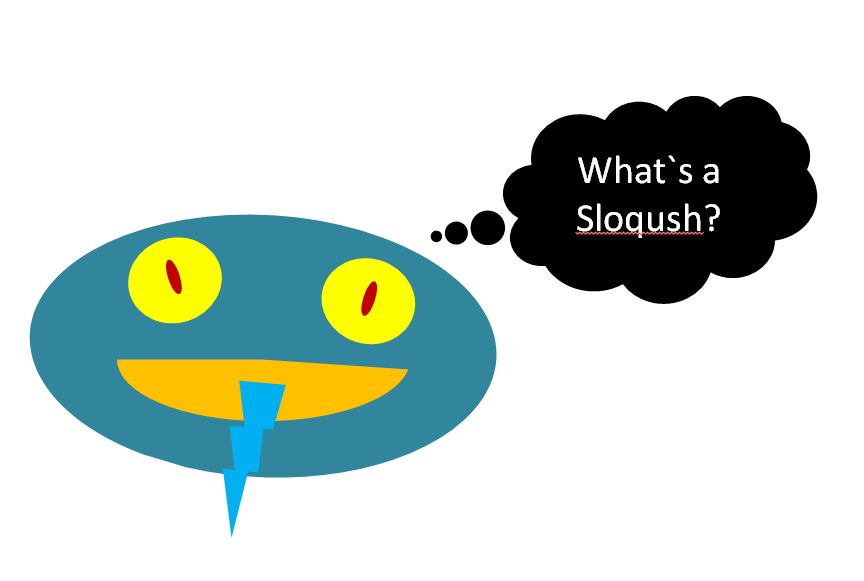
Images © Emily Vair-Turnbull unless stated otherwise | CSS Theme © TJ Trewin
Etrea Logo © Grace Gittel Lewis | Etrea World Theme © Elias Alija
Comments

Lovely! I would love to see foods/beverages added and cross-linked in the future :D Honeyfoods!! The final section really drives home the way honey is seen by societies on your world, and not just how it's made or consumed.
In Avar, toxic honey is deliberately cultivated for use as a male enhancement remedy, with occasionally fatal consequences.I've heard of honey in use for "vitality" but find it interesting that specifically a TOXIC kind of honey is created for this. If they are cultivating it, what kind of flower is grown near the hives to ensure or control potency?
You are doing a great job! Keep creating; I believe in you!
Luridity: Where love is love and life is lived. Contains NSFW content.
Now with serialized fiction on Ream!!

The male enhancement is actually based on a real life use for toxic honey! I definitely plan to work out the exact plant and come back to expand that section a little in the future. :) Yes! There will be lots of cross-linking in the future! Honeyfoods!!! <3
Explore Etrea

People will ingest poison for so many weird reasons XD YAY HONEYFOODS! <3
You are doing a great job! Keep creating; I believe in you!
Luridity: Where love is love and life is lived. Contains NSFW content.
Now with serialized fiction on Ream!!

Another great article! I love it! And the cultural significance was definitely a great bit. Thoroughly enjoyed this. Nicely done. :)

Thanks, AP! <3
Explore Etrea

An absolutely lovely and also quite informative article Emy :D Me being me, the information that stood out to me the most was the "toxic honey", as I wasn't aware that such a thing even existed ^_^.

Thank you very much, Sloqush! :D There's lots of room for expansion on the topic of toxic honey, I think. Wikipedia had a couple of articles and there are also some interesting scientific studies.
Explore Etrea

I love honey and I couldn't escape from loving this article as well! <3 I find the layout very neat and easy to read that is obviously a bonus for the reader. As usual, it's clear you have done a lot of research and the content is very well written! I liked the touch of the king drowned in honey... must have been a sweet death! :D

Thanks, Luca! <3 I love putting the little bits of culture in there to give me stuff to expand on later. ^_^
Explore Etrea

I love how detailed all of this is, and particularly enjoyed the toxic honey section. Really well done, and the design is gorgeous!

Thank you so much! <3
Explore Etrea

Woah. There's so much interesting information about how honey is made. Do you have a degree in honey making or something? Anyway, all of it was super interesting to read. I loved the detail with which you explain honey--to the point it felt like something that you might read in a biology class. Mixed with the cultural and historical context in which honey has permeated your world, and, as something that might have originally easily been overlooked, is a really interesting cultural development. Great work, as always.

Thank you very much. I enjoy doing research for articles like these a little too much, hahaha. :)
Explore Etrea
Wonderful article! I especially like that you also include it's cultural significance. And I had no idea honey could be toxic!

Thank you so much! :D <3
Explore Etrea

I love the idea of the honey being used in funeral rites. This is such a good article. Excellently researched and so well written.

Thank you so much! <3
Explore Etrea

I feel like I learned some new things about honey in real life from this article, I didn't know about the virility enhancing toxic honey, for one. The bit about the funeral rites makes sense, did you get inspiration from something for that or it came all out of your brain?

I was thinking about ancient Egyptian funeral rites when I wrote it. Then I did some research and it appears that a 'mellified man' is a thing. Google that at your peril. Thank you! <3
Explore Etrea


As a kid, I was terrified of bees. I didn't want to get stung, and I let my world center around me, so I just thought of them as evil things intent on doing nothing but harm. I wish I'd been given articles like this to read. This gave me a wonderful sense of how marvelous bees are, while also giving me great insight into their place in your world. Nicely done!

Aw, thank you so much. I love bees, so I'm really glad that's what you got out of this article. :)
Explore Etrea

I really liked how this article was so detailed in the History about how different places have gathered and used honey. And, who knew honey could be so dangerous? Drowning in honey, male enhancement gone wrong, honey sickness... I guess death by honey isn't such a bad way to go.

Thank you! :D Also, I think you're right - honey is definitely not the worst way to go.
Explore Etrea

I was shocked at first seeing such names as: fructose or glucose. These do not come very often. :D Very glad that the info on honey intoxication in infants and toxic honey was used. Yay for the rare stuff! A nice touch with additional information on its use in coronation of the queen (neat parallel) and for funeral rites in Abror. Is that used in similar fashion to Egyptian mummies with cloth to take in the honey, or are they just preserving the body with pure honey and seal the tomb? This is the second article (first was about the Dapper sheep) I read recently relating to nature in Etrea. I like both and wish you all best and fun if you feel like writing more of the similar. :)

More similar to Egyptian mummies, I believe, but I'm going to have to do some research before I write an article about that for sure. :D Thank you! I'm having fun with the nature research-y articles at the moment. <3
Explore Etrea

This article is a fantastic example of why I absolutely love your work Emy! The way you take something completely mundane and explain its significance or minor details in the setting is an *aspiration* because of how it turns a random setting of worldbuilding and stories into a believable and living world. Thank you for this piece, thoroughly enjoyed every wee detail!

Aww, thank you so much, David! :D I appreciate your comments a lot. <3
Explore Etrea





Another magnificent article! The cultural significance section is my favorite. I also got a chuckle out of your take on toxic masculinity (enhancement). Very good work and definitely worth the read. Thank you!
Necromancy is a Wholesome Science.
Thank you! I had a lot of fun with all the research for this, and thinking about how it relates specifically to Etrea. <3
Explore Etrea